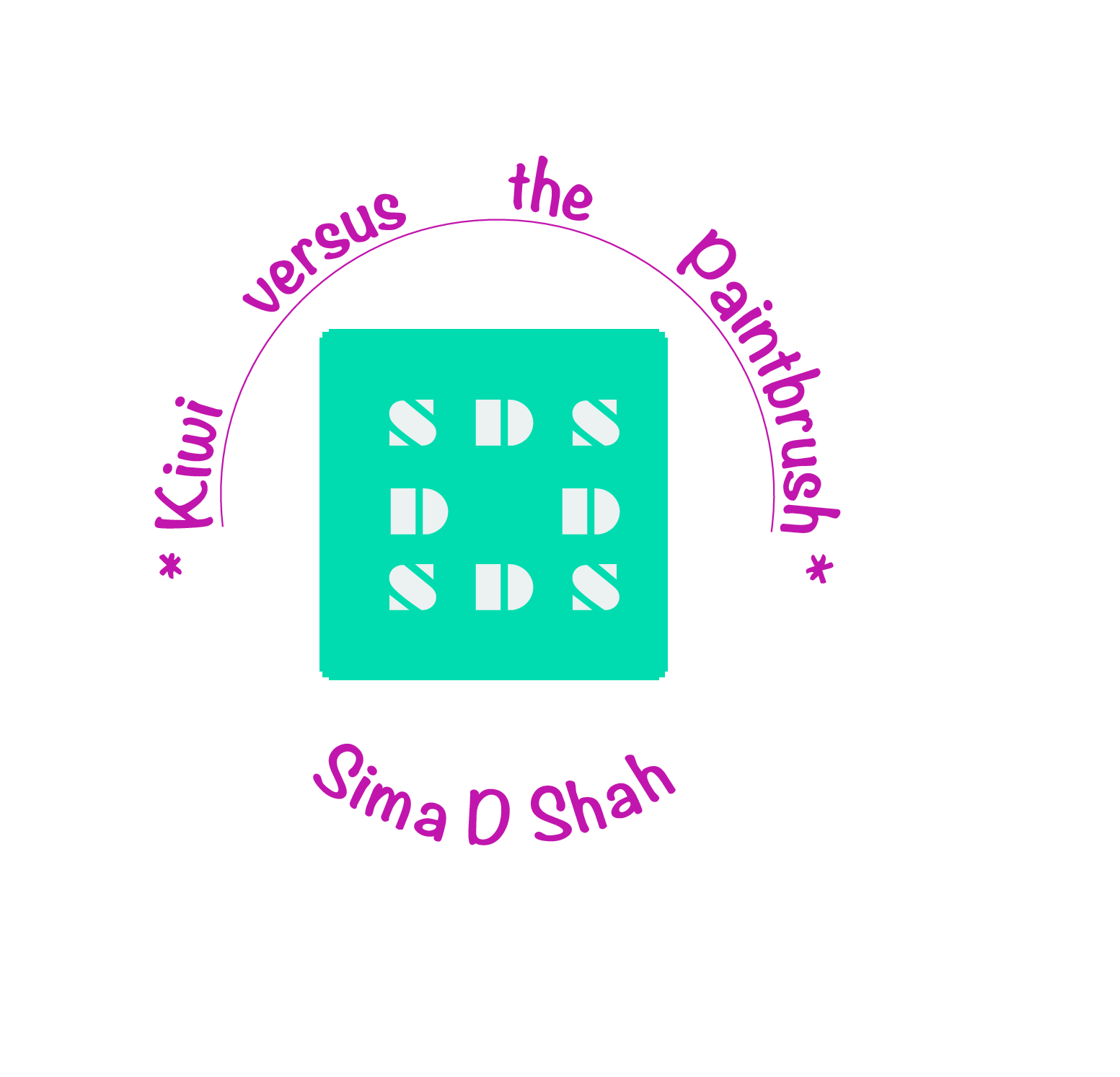The preliminary studies are completed in one to two sittings. I have learned to sketch quickly and accurately for reasons that will soon be obvious. At the end of each sitting, there is a wealth of material that I will later sort and piece together.
Drawing in the great outdoors presents its own set of challenges. I cannot adjust for weather, temperature nor lighting, factors that are controlled for when working in a studio. Pesky critters such as mosquitos and ticks are a nuisance but come with the territory. Finally, there are logistical considerations such as working space. I adapt and improvise my space based on the subject. Over time I have whittled down the tools brought to the field. Extra weight adds up after several miles of walking, pencils can get lost and I want to always minimize my footprint. How the day will unfold is not always clear but I enjoy this unknown and unpredictability. (I once had an eastern foxsnake crawl over my sandals- we were both temporarily very confused. Another time, three sandhill cranes decided to land in front of me, these ancient birds are massive yet graceful creatures.)
The next steps of translating the field sketches to actual drawings happens much later. I tend to work on multiple projects concurrently and save the second half for the cold winter months. The obvious disadvantage is when I do not have all the information to make an accurate drawing. At that point, I refer to herbariums, reference books or make the decision to wait the following year for the plant to bloom again. For studies that move forward, it is like putting a puzzle together by using all the different parts that I have for this drawing. Additionally, I have made simple 3-D clay and paper models to understand shadows and highlights of the plant. Along the entire process, artistic choices are made including composition and medium, while staying true to the plant.



